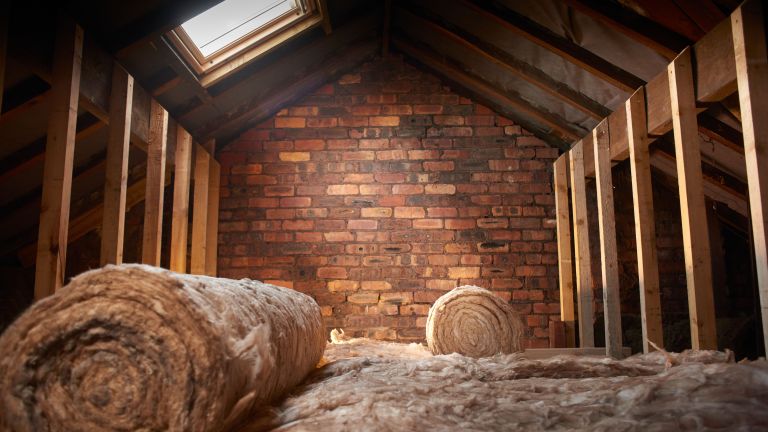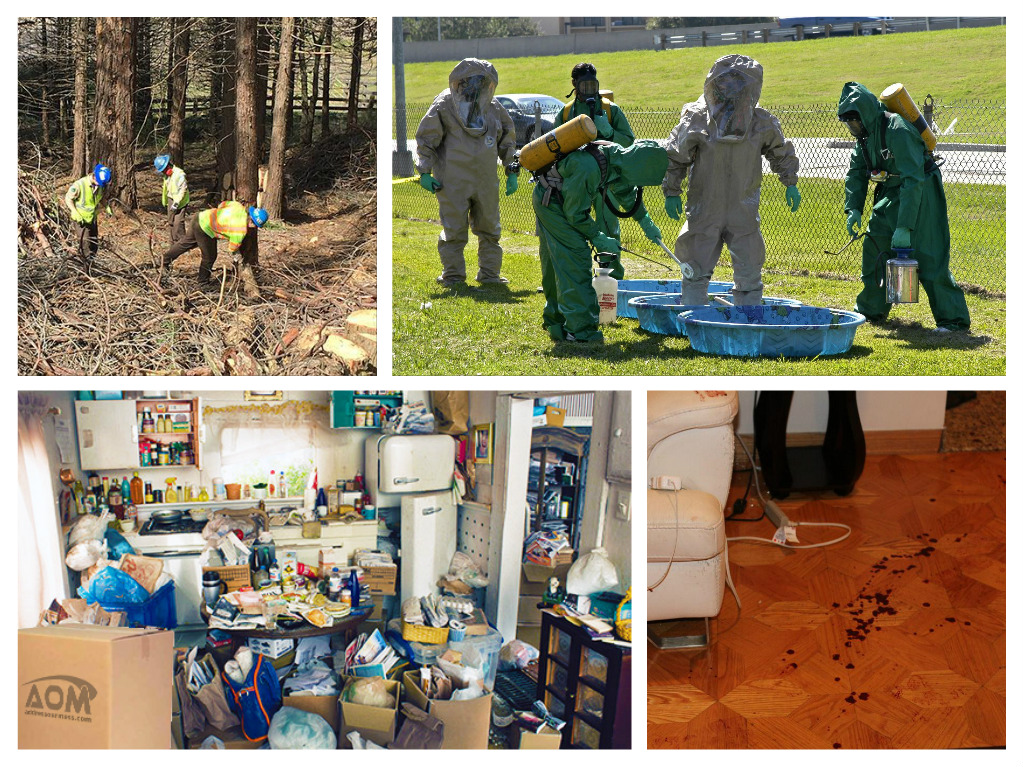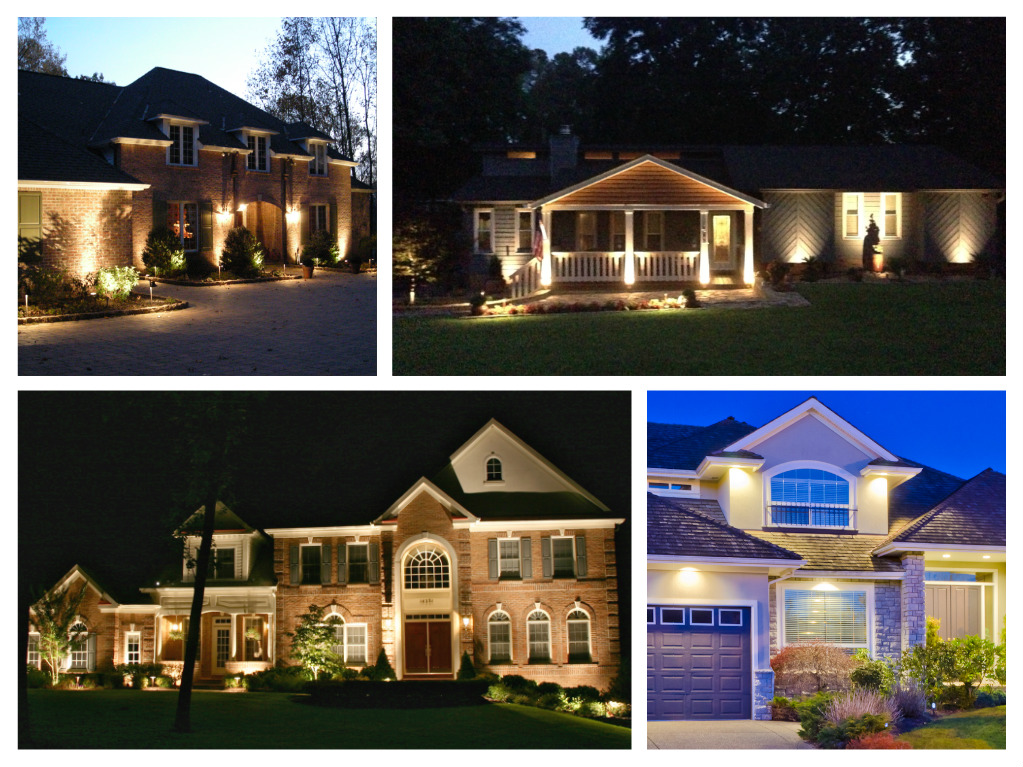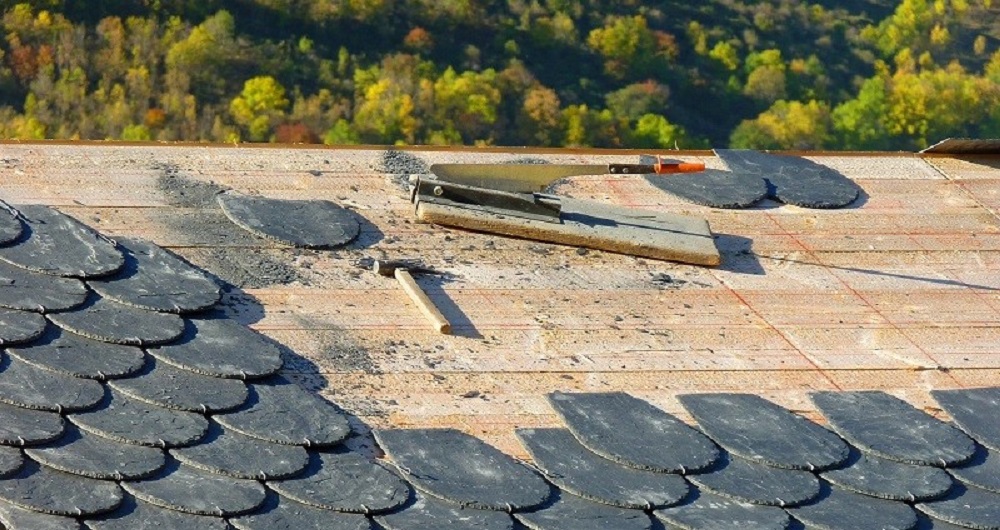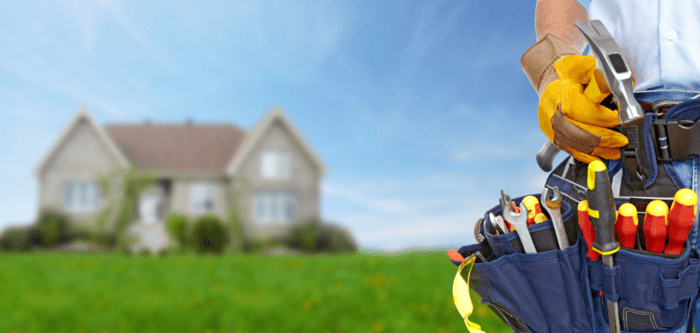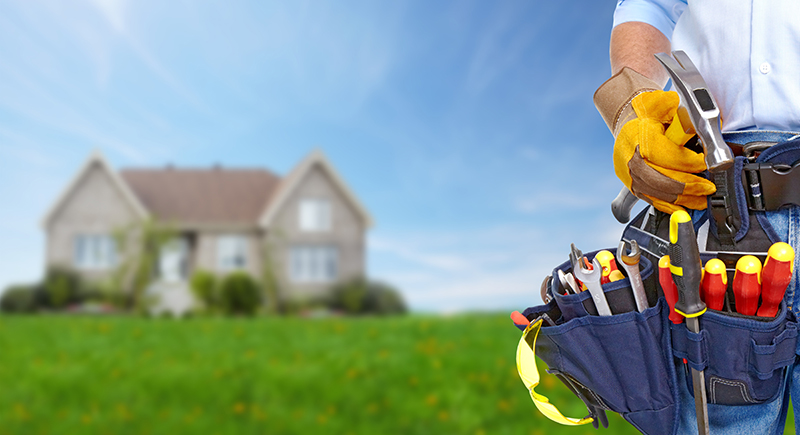We all love older homes and period properties. They just have that classic look that screams style and elegance in most cases. If you have just moved into one or are thinking of buying one, you will know just what we mean. There is one slight drawback that some older homes can have though: poor insulation. This is perfectly understandable as the modern methods that we now use to make homes well insulated were not around in times gone by. It does, however, mean that living in an older home in the modern day will often require you to make some improvements in terms of the insulation it contains.
What are the key issues that many older homes have with insulation that you might need to fix?
Faulty ductwork
Any US home will have ductwork, which is basically a pipeline that runs from any units that heat or cool air to your supply registers, via your supply ducts. The basic function of this ductwork is to supply cooled or heated air to rooms in your home. A common issue in older homes is faulty ductwork that leaks air out along the way. Naturally, this is poor for insulation purposes as the cooled or heated air is lost and does not stay within the property as intended.
It is even thought that up to 20% of air can be lost from faulty ductwork. If you find that you have rooms that do not heat or cool as well as others, it might be time to act. The best bet for most people is to call in a professional to seal and insulate it for you. If you are confident with DIY, finding out how to insulate ductwork yourself is also an option though.
No wall insulation
Modern homes will now use a variety of insulation techniques in the cavity spaces between walls. This helps to keep in warm air and keep out any cooler external air, thus making your property much more energy efficient. Older homes did not always do this, and your issue could simply be that you have no insulation in these areas at all. If you suspect that this is the case, call in a professional builder to advise on having wall insulation installed. This will help make your property more energy efficient and keep you warmer in winter.
Cracked or poorly fitting window frames
Did you know that up to 25% of heat in a home can be lost through your windows? This can be especially true in older homes where uPVC double glazing may not be fitted. Older homes tend to have wooden window frames that can rot or crack over time. If the windowpane does not fit properly into it, you will be letting all your heat escape through it. This is actually one DIY job that you could try yourself, though it is advised to call in a professional if you need to replace the glass pane itself. Fixing a cracked frame or adding a draft-excluding strip could cut down on drafts coming in and stop heat going out.
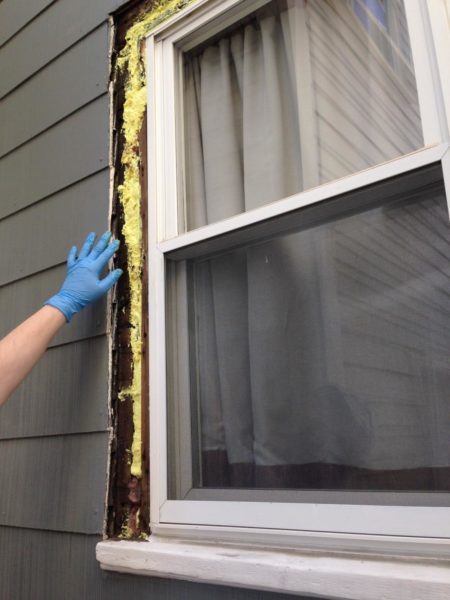
Blocked gutters
This is a reason for poor insulation in older homes that you might not think of, but it can really have an impact. Gutters get blocked over time with leaves and other debris. This means that they should be cleared out annually to stop water leaking from the blocked gutter onto your walls. If this does happen, then walls become cold, which will make your house feel colder and less insulated. If you can manage it, just hop onto a ladder and give them a clean-out each year.
No loft insulation
As well as uninsulated walls, older homes can sometimes be without loft insulation. As most of the heat in any home will go out of the roof, this is a top job to sort out if necessary. Most people will use a material such as fiberglass, which is simple to put down and comes in big rolls to make it easier. Once this is in place, you should have a much better-insulated property that is warmer and more energy efficient.
Insulation is key for improving any old home
Living in an old home is hugely enjoyable. When it gets cold out though, the lack of insulation might not be so much fun! To remedy this, it is worth looking at the above common insulation issues that these properties have and fixing any that apply to you.
